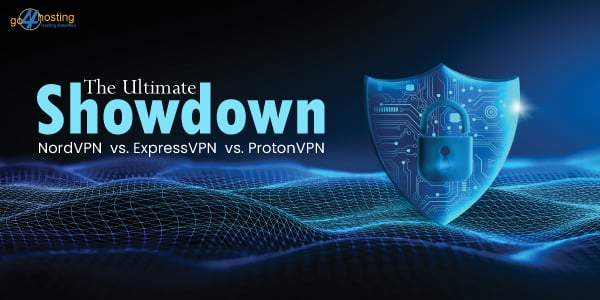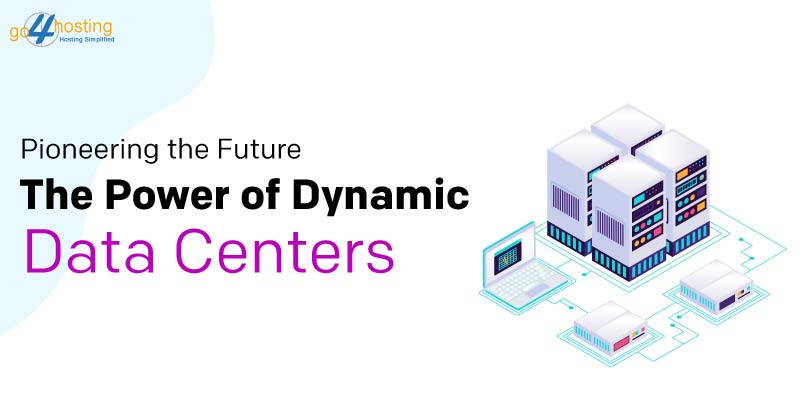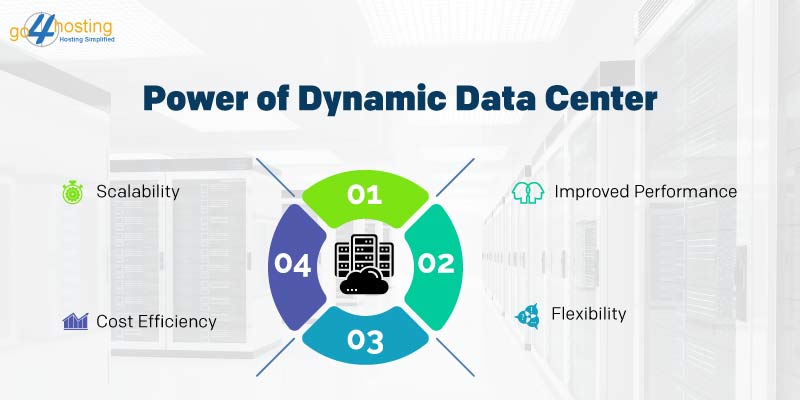Are you prepared to transform your lead generation approach? Picture a scenario where your business effortlessly attracts, captures, and nurtures leads, all while ensuring top-tier performance and security. The answer lies in the cloud hosting services, a game-changer for lead generation.
Recently, there has been a significant and influential shift toward adopting cloud hosting services. According to Gartner, global spending by end-users on public cloud services is projected to increase by 20.7% in 2023, reaching $591.8 billion. It represents a notable rise from the $490.3 billion spent in 2022. This evolution has also been observed in effective lead-generation strategies.
How can you make cloud hosting services work for your lead generation strategy? Read on to learn more:

Optimizing Website Performance
The need to swiftly load websites in the contemporary digital environment has evolved from a mere luxury to an absolute necessity. Your website’s performance, serving as the primary gateway to your lead generation endeavors, can be the deciding factor shaping your success or failure. In the realm of lead generation, each moment is crucial. Studies have shown that a mere one-second delay in page loading can significantly drop conversion rates. Your potential leads are impatient, and if your website doesn’t load quickly, they’ll move on to the next option. Learn why transitioning to the cloud is a smart move for businesses focused on lead generation.
- The Power of Cloud Hosting
Cloud hosting is not just about storage and data backup; it’s a performance-enhancing powerhouse. By distributing your website across multiple servers and utilizing content delivery networks (CDNs), cloud hosting reduces latency and ensures speedy content delivery.
- Scalability and Resource Allocation
Cloud hosting services allow you to scale your resources up or down based on your website’s demand. This adaptability ensures that your site maintains optimal speed, even during traffic spikes.
- Caching Mechanisms
Cloud hosting providers, such as server-level and content caching, offer advanced caching mechanisms to boost website speed. These mechanisms save and serve frequently accessed data quickly.
In the world of website performance, it’s not about guesswork. Let’s explore the toolkit of proven tools and techniques to fine-tune your site.
- Image and Video Optimization
Optimizing images and videos reduces the data that needs to be transferred, leading to faster load times. Utilize tools like Adobe Photoshop or online services like TinyPNG to compress media files.
- Minification and Browser Caching
Optimizing your CSS, JavaScript, and HTML files by reducing their size and enabling browser caching can significantly enhance loading speeds. This process effectively lessens the data that must be retrieved from the server during each user visit.
- Performance Testing
Utilize resources such as Google PageSpeed Insights and GTmetrix to evaluate the performance of your website. These tools provide actionable recommendations for optimizing your site further.
Scalability and Flexibility
The world of lead generation is in constant flux. Consumer preferences shift, new technologies emerge, and market trends evolve. To thrive in this environment, businesses must be able to adapt their strategies swiftly. Cloud hosting’s flexibility and seamless scalability a game-changers in this regard.
With the click of a button or a few lines of code, you can instantly allocate additional server resources, accommodate traffic spikes, or scale down during quieter periods. This ability to instantly scale up or down streamlines your lead generation processes and guarantees that you’re billed only for the resources you utilize. Thus eliminating any superfluous costs.
By leveraging cloud services, you gain access to a vast ecosystem of tools and technologies that can be seamlessly integrated into your lead-generation efforts. Whether you need to implement machine learning algorithms for better targeting or deploy new lead capture forms, cloud services provide the agility to pivot without traditional infrastructure constraints.
Moreover, cloud hosting allows you to easily test, iterate, and fine-tune your lead-generation strategies. You have the flexibility to rapidly launch and evaluate new campaigns, allowing you to make decisions grounded in real-time data. This agility guarantees that you remain finely attuned to your audience’s preferences and the ever-changing demands of your business.
While scalability and flexibility are crucial, cost-effectiveness is equally significant. Cloud hosting strikes a harmonious balance by offering the ability to scale while optimizing costs. Its pay-as-you-go model ensures you’re only charged for the resources you use.
Website Security
Security is the cornerstone of trust in the digital world. For businesses seeking to generate leads and maintain a reputable brand image, it’s imperative. A security breach can have far-reaching and devastating effects, including declining customer trust, potential legal entanglements, and financial ramifications. Hence, recognizing the critical importance of security in lead generation represents the initial and pivotal stride toward safeguarding your business interests.
But why is security so vital for lead generation? The answer is simple: Leads are potential customers, and their data is valuable to you and them. They trust you with their personal and contact information, and in return, they expect it to be handled with the utmost care. Security breaches erode this trust, making prospects hesitant to engage with your brand.
Cloud hosting providers offer an array of security features designed to protect your data. These include
- Robust Firewalls
- Encryption protocols,
- Real-time threat monitoring
Best practices for cloud hosting security involve understanding your provider’s security offerings and configuring them to suit your specific needs. Regularly updating your security measures and educating your team on security protocols are also vital. Remember, the cloud is a shared environment, and while your provider ensures infrastructure security, you’re responsible for securing your data.
The cloud’s flexibility and scalability make it an attractive choice for lead generation, but it’s essential to protect sensitive data proactively. Begin by categorizing your data according to its level of sensitivity. For instance, not all leads are equal; some may provide more confidential information than others. Implement access controls to ensure authorized personnel can view and manipulate sensitive data. Regularly monitor access logs and conduct security audits to detect any unusual activity. Additionally, data encryption is your best friend in the cloud. Encrypt data at rest and in transit to minimize the risk of unauthorized access.
Data Analytics and Lead Tracking
Businesses no longer rely solely on intuition and guesswork to fuel their lead-generation efforts. Instead, they’re turning to data analytics and lead tracking to gain valuable insights to supercharge their strategies.
Tracking and Analyzing Lead Data
Effective lead tracking and analysis provide the foundation for understanding your potential customers. Here’s how you can maximize its potential:
1. Data Collection
Start by collecting relevant data about your leads. It includes demographic information, online behavior, and interactions with your content and products.
2. Segmentation
Divide your leads into meaningful segments based on their characteristics and behaviors. It enables personalized and targeted marketing efforts.
3. Lead Scoring
Assign scores to leads based on their engagement and likelihood to convert. Prioritize high-scoring leads for more focused nurturing.
4. Conversion Funnel Analysis
Track how leads move through your conversion funnel. Recognize areas of congestion and enhance the process for improved outcomes.
Making Data-Driven Decisions for Lead Generation
Now that you have a wealth of lead data at your fingertips, it’s time to make practical use of it:
1. Personalized Content
Craft content that addresses different lead segments’ specific needs and pain points. Personalization increases engagement and conversion rates.
2. Timing Is Key
Analyze when your leads are most active and tailor your outreach accordingly. Send emails, notifications, or offers when they’re most likely to be seen.
3. Predictive Analytics
Use predictive analytics to forecast future lead behavior. Anticipate what leads are looking for and provide it proactively.
4. Continuous Optimization
Lead tracking and analytics is an ongoing process. Regularly review and refine your strategies based on the insights you gain.
Wrapping Up

What comes next? The time for decisive action has arrived. Whether you’re contemplating a shift to cloud technology, optimizing your website for peak efficiency, or reimagining your lead generation tactics, the opportunity is ripe. The future belongs to those who harness the power of cloud hosting and data analytics.
If you’re ready to embark on this transformative journey, go4hosting is here to support your cloud hosting and lead generation needs. With a proven track record of empowering businesses, we offer tailor-made solutions to drive your success.









































